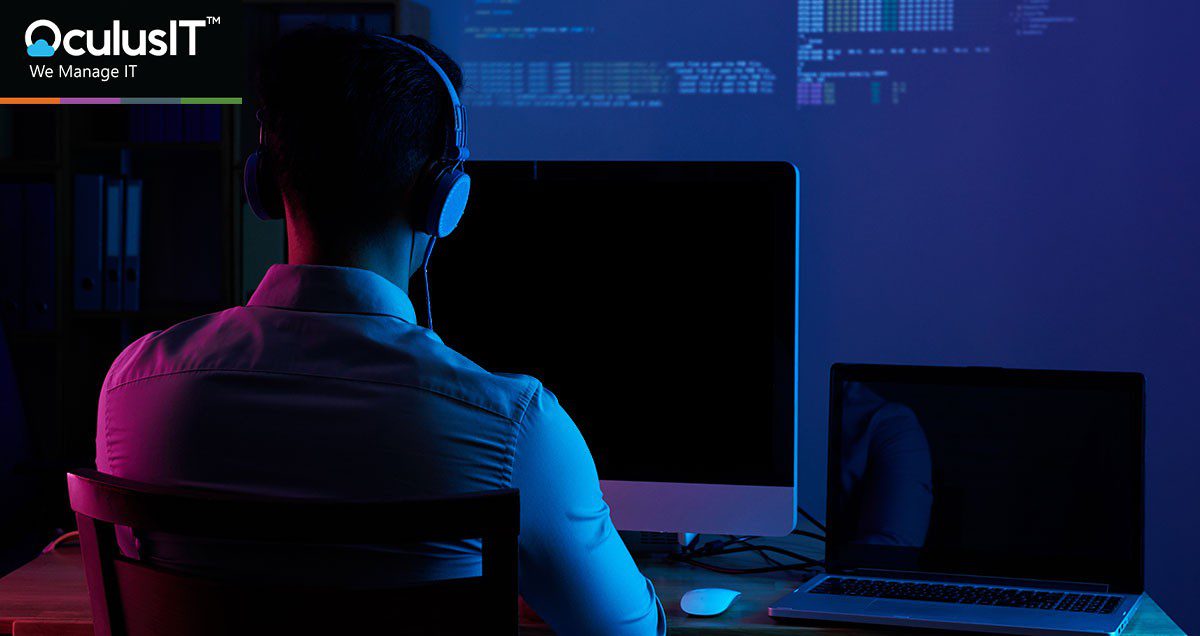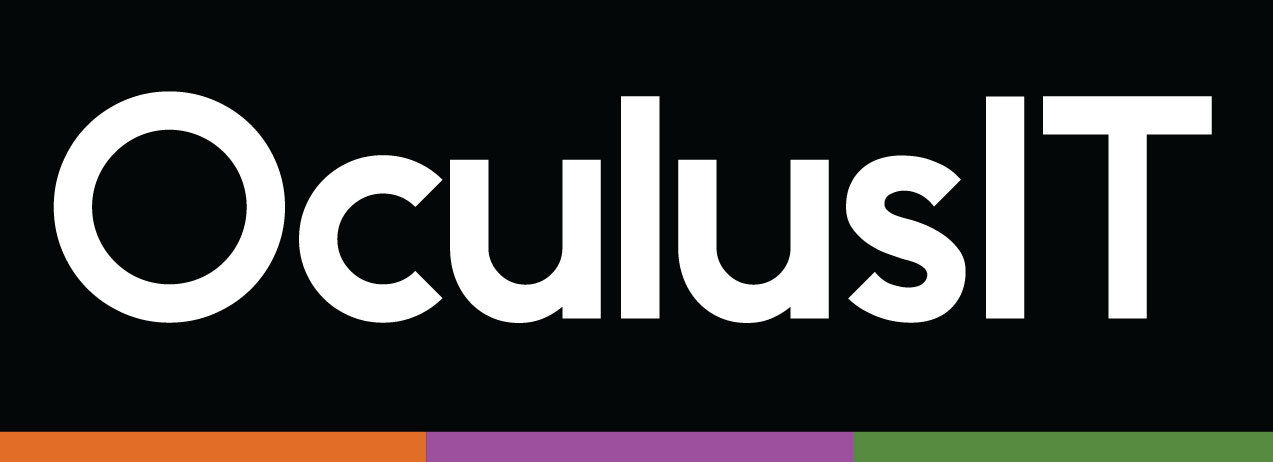5 Signs It’s Time to Work with a Virtual CISO

The impact of COVID-19 on higher education has been profound, forcing institutions to rapidly improve and build digital infrastructure to ensure the continuity of teaching and learning. While digital transformation in higher education is indispensable, it creates entry points for cybercriminals to wreak havoc, leveraging malware and ransomware to steal data or force institutions to pay.
Higher education cybersecurity is critical for institutions that house massive volumes of sensitive data. Security issues among institutions are increasing at an alarming rate, with Lincoln College recently shutting down due to a ransomware attack and the FBI informing higher education institutions about criminal marketplaces selling university login credentials online.
Achieving and maintaining robust higher education cybersecurity practices involves proactive monitoring. Apart from a persistent deluge of cyberthreats, containing institutional costs and delivering seamless student experiences are further challenges that higher ed institutions face. Also, U.S. colleges and universities operate on complex revenue models involving tuition, alumni donations, government grants, endowment revenue and more, making it challenging to dedicate funds toward maintaining large IT teams that can monitor security threats and vulnerabilities 24/7.
In today’s threat landscape, security and risk leaders at higher ed institutions need to think beyond conventional cybersecurity measures by outsourcing their security programs to specialist Managed Security Services Providers (MSSPs) without breaking the bank. Securing sensitive student and alumni information requires constant attention and guidance from a top-tier executive-level expert called CISO (Chief Information Security Officer). A CISO’s role involves defining and enforcing the campus’s cybersecurity policies, practices, and architecture. A CISO impacts every process in an institution – from how the staff members use their emails to which websites they can visit to how they store their documents.
CISO versus vCISO
Traditionally, a CISO is a high-ranked, in-house resource on the campus’s payroll. At the same time, a virtual CISO is an outsourced security advisor who works remotely to deliver cybersecurity services specific to the institution’s unique needs. Virtual CISO services are provided by a team of industry experts, enabling institutions to draw on a deeper pool of knowledge at a fraction of the cost.
Not every institution requires the same level of services, so the cost of outsourcing virtual CISO services to a Managed Security Service Provider varies. As a rule of thumb highlighted by CSOOnline.com, virtual CISOs cost 30 to 40 percent of a full-time CISO. Furthermore, Managed Security Service Providers have virtual CISO teams working across multiple accounts on a shared model, so that you don’t have to bear the entire financial burden.
Your in-house teams can’t be on top of everything 24/7, as people need vacations, downtime for themselves, or sick leave. This is not the case with virtual CISOs as team members cover for one another to ensure around-the-clock coverage and support is maintained.
Here are five signs to indicate that it’s time for you to consider outsourcing your cybersecurity and hiring a Virtual Chief Information Security Officer:
1. You have a small IT team facing big challenges
Your institution has a small IT team engaged in performing daily routine tasks, meeting stringent deadlines, and focusing on long-term goals, leaving them little to no bandwidth to worry about the institution’s cybersecurity. This experience is similar to nearly every other higher education institution across the country.
Consider bringing in a new virtual CISO to provide strategic leadership to your existing IT team. A vCISO can help manage and upskill your information security team by setting goals and providing training and mentorship. Implementing cybersecurity best practices and achieving cyber resilience is a step in the right direction for institutions, as most breaches occur due to human error.
2. When stakeholders come knocking at your door
Decision-makers, stakeholders, and security and risk leaders prioritize cybersecurity or anything that will help protect their assets and investments. At some point they will ask questions about how you manage your cybersecurity. Your trusted Virtual CISO services provider is best equipped to answer these queries.
Spending countless hours working for higher ed institutions of all sizes gives vCISOs a plethora of information security experience. They are perfectly positioned to design a robust cybersecurity program that institutions can leverage for years.
3. Failure to meet regulatory requirements
The recent amendments to strengthen the Safeguards Rule for Customer Information under GLBA now require all public and private Title IV institutions that hold non-public or personal data to have a dedicated Chief Information Security Officer (CISO) to manage security risk assessments before the end of 2022.
GDPR and GLBA regulations can be confusing, and if you haven’t conducted a privacy readiness exercise, your campus is at risk of a breach. Your institution has numerous compliance levels to meet, but you’re unsure if you have checked all the boxes. A vCISO can take the responsibility of meeting your compliance demands.
4. Your institution is recovering from a cybersecurity incident
Your institution recently witnessed a security breach or cybersecurity incident and is still on the road to recovery. Your main concern at this point is that such an incident could reoccur. The cybersecurity threat landscape is constantly changing, making it hard for in-house IT security teams to keep pace with hackers reinventing ways to steal data or cause harm.
However, virtual CISO services providers have a whole team at their disposal instead of relying on a single person to deal with every kind of threat. Scale up or scale down your security initiatives based on your needs without worrying about hiring or firing. Signing up for virtual CISO is elastic and scalable, enabling you to address seasonal spikes in user traffic without locking yourself into paying annual salaries. If you’ve had vulnerabilities exposed in your IT structure, a vCISO can help identify potential threats to mitigate future risks.
5. Financial strains caused by COVID-19
Financial pressures compounded on higher education institutions post COVID-19. Many institutions have been experiencing declining enrollments and expenses outpacing revenues. Add to this the cost of hiring an in-house CISO and a supporting team and paying their annual salaries and benefits.
Hiring a CISO for your campus can be challenging and costly, as institutions across the country are on the cusp of a severe talent crunch. According to the leading provider of compensation market data, Salary.com, the average salary of a CISO in the United States is $230,204 as of April 2022. In sharp contrast, MSSPs offer higher ed institutions IT Leadership Services, including vCISOaaS, at a highly affordable price matching your budget.
Why Outsource vCISO to OculusIT?
By outsourcing Virtual Chief Information Security Officer Services (vCISO) to OculusIT, numerous higher ed institutions like Hartwick College, Denison University, and Cerritos College have leveraged our expertise on critical security issues to improve their cybersecurity architecture.
Experience the Benefits of working with a virtual CISO from OculusIT:
- vCISO is highly scalable and flexible — our model adapts to fit your institution’s unique needs
- Our vCISO teams have a breadth of expertise, giving you access to specialists, which most institutions usually couldn’t afford.
- Receive 24x7x365 cybersecurity monitoring
- Our virtual CISOs are best equipped to address the challenges posed by the constantly changing threat landscape in higher education
If you’re ready to learn more about how a Virtual CISO can support your institution, let us know!
Previous

